Blog
Expert insights
Welcome to our central forum for detailed technical information and updates. Our experts regularly post on topics such as advanced simulation, digital engineering, and product lifecycle management.
Industry
Topic
Clear all
Clear all
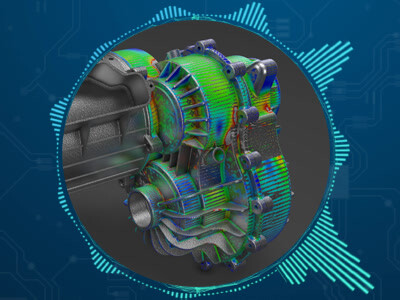
What's new in the v2025 release of the SIMULIA structures tools?
Welcome to 2025! Upgrade to Abaqus v2025 and explore the latest structural simulation tools with enhanced functionality and bug fixes. Don't miss the updates—watch our webinar for a feature overview!
Read more
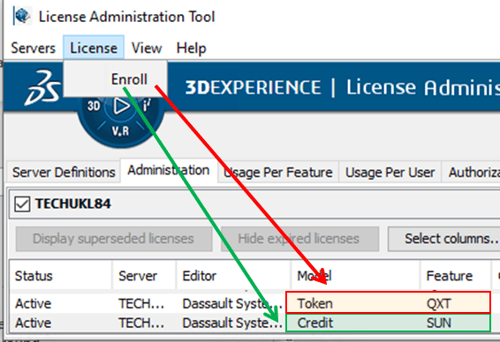
Pay-as-you-go Abaqus using consumable credits to access flexible solver power
Discover how Abaqus licensing has evolved with the introduction of consumable credits, offering users more flexibility and access to solver capacity. Learn how credits can supplement traditional tokens to maximize compute power and analysis throughput, and explore the simple steps to implement this powerful new option for managing high-demand projects.
Read more
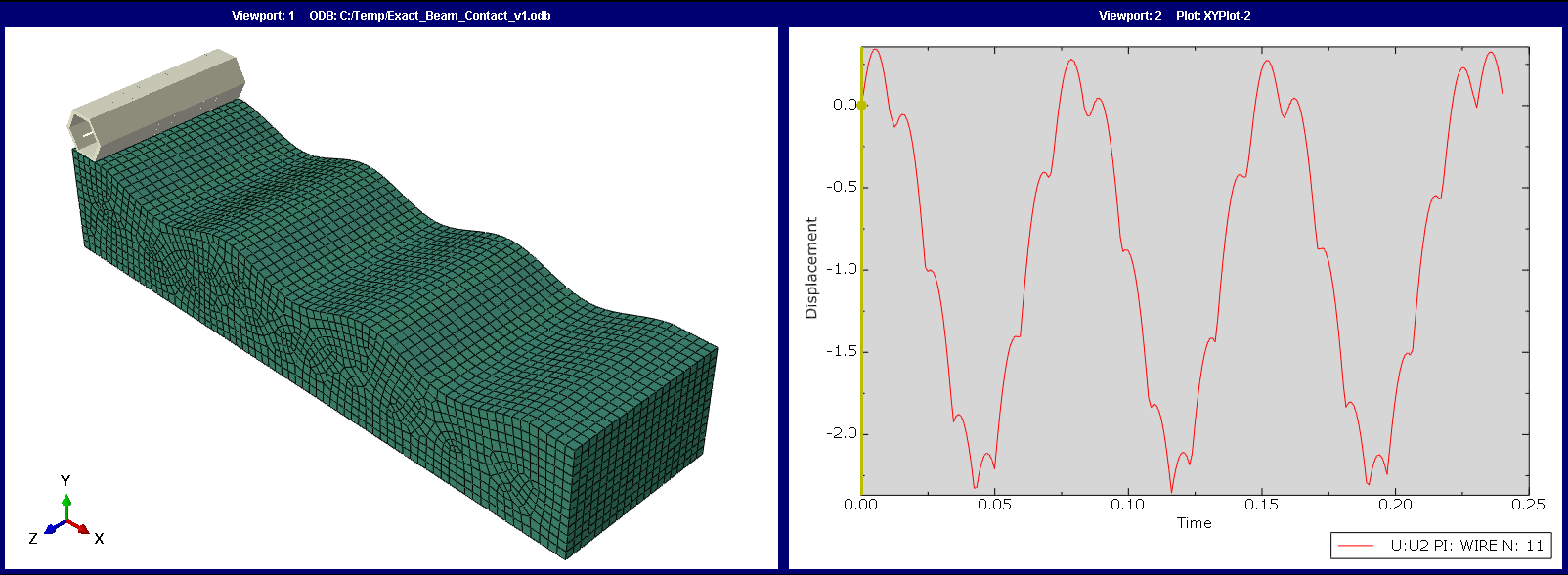
Exact beam contact
With recent advancements, Abaqus has significantly improved its ‘General Contact’ approach, enhancing functionality, robustness, and performance. Discover how the latest version, Abaqus 2023, simplifies defining contact interactions, such as using exact beam profiles for contact surfaces.
Read more
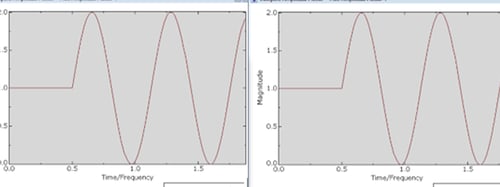
Amplitude Plotter
Discover how to visualize amplitude curves in Abaqus with the 'Amplitude Plotter' tool. This feature allows users to define and inspect complex variations, simplifying the workflow and ensuring accuracy without external tools like Excel. This hidden gem in Abaqus/CAE enhances the modeling experience.
Read more
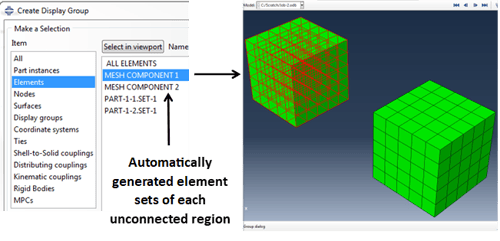
Visualizing Unconnected Regions in Abaqus Models
This blog delves into Abaqus as a versatile suite of finite element tools, highlighting its capability to tackle diverse structural problems with implicit and explicit solvers, along with providing extensive diagnostic support, while also explaining how certain functionalities like 'unconnected regions' can be accessed outside Abaqus/CAE for enhanced model validation and troubleshooting.
Read more
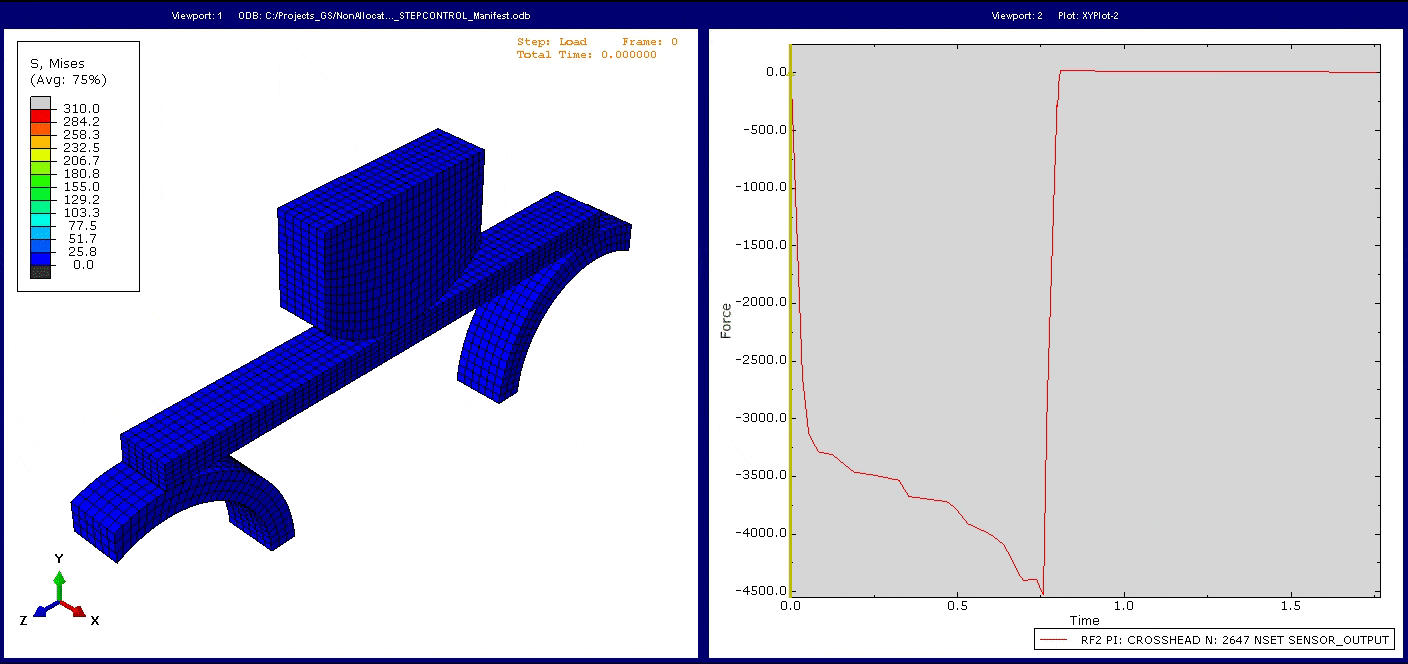
Beyond Subroutines in Abaqus/Standard
Typically, Abaqus tackles a set loading history defined by the user. But what if the final state of a step within the loading sequence can’t predetermine in advance of running the simulation? Now, Abaqus can self-determine when to end a step with native functionality, bypassing the need for intricate subroutines.
Read more
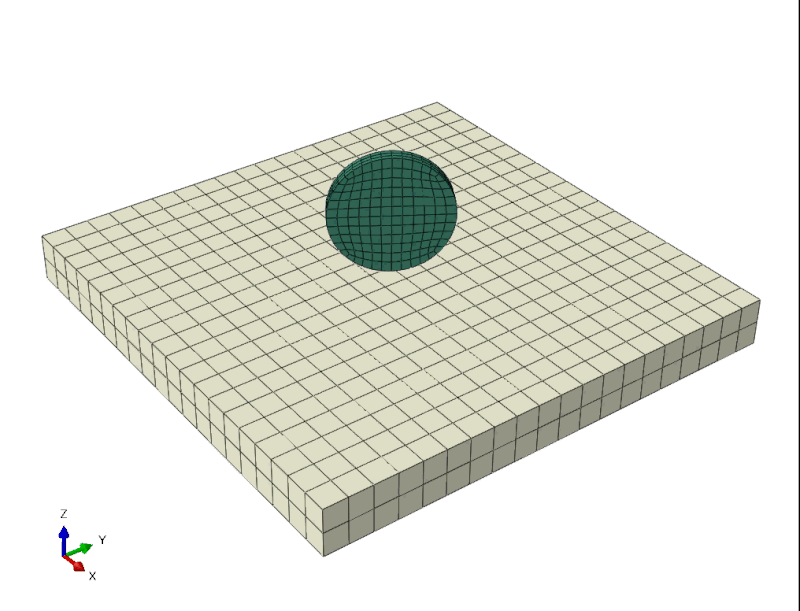
Versatility and Strength of General Contact Across Both Abaqus/Standard and Abaqus/Explicit Solvers
Go beyond automated simulations to understand the dynamics of interaction types using general contact in Abaqus/Standard
Read more

 Academia
Academia
 Aerospace & defence
Aerospace & defence
 AEC
AEC

 Consumer packaged goods
Consumer packaged goods

 Energy, process & utility
Energy, process & utility

 High tech
High tech

 Home & lifestyle
Home & lifestyle

 Industrial equipment
Industrial equipment
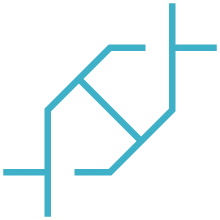
 Life sciences
Life sciences

 Marine & offshore
Marine & offshore

 Advanced Simulation
Advanced Simulation

 Data Exchange
Data Exchange

 Engineering
Engineering

 Laboratory management
Laboratory management

 MBSE
MBSE

 PLM
PLM

 Quality Compliance
Quality Compliance

 Sustainability
Sustainability

 System Integrations
System Integrations

 User Experience
User Experience

 Data intelligence
Data intelligence
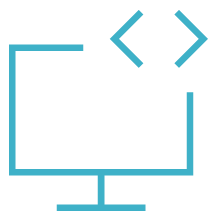
 Software development
Software development